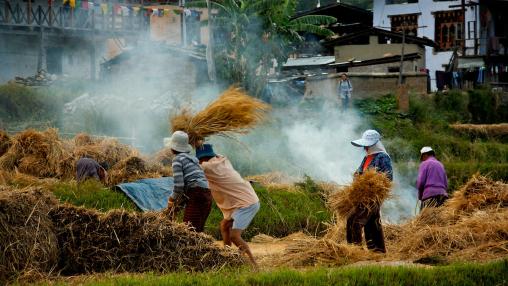
MC12: How to make the WTO relevant in the middle of a food price crisis
The World Trade Organization’s 12th Ministerial Conference (WTO MC12) takes place June 12-15 in Geneva—two years after the pandemic forced members to postpone its original schedule. In those two years, the world has changed and the importance of multilateral approaches to tackle international trade issues has become even more acute.
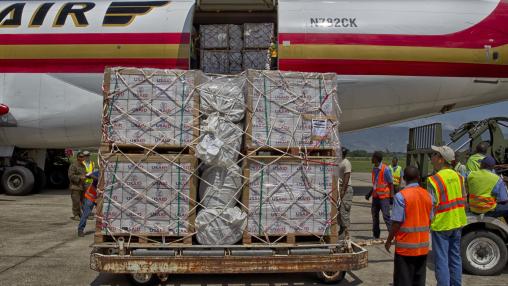
One of the world’s worst economic collapses, now compounded by the Ukraine crisis: What’s next for Lebanon?
High food prices and supply disruptions triggered by the Ukraine war are hitting Middle Eastern and North African (MENA) countries like Egypt, Sudan, and Yemen hard, partly due their heavy dependence on wheat imports. But in the region, Lebanon—already in the midst of one of the world’s worst economic collapses since the 1850s—is uniquely vulnerable to food security impacts from the Russia-Ukraine conflict.
A recent World Bank report calls Lebanon’s current crisis “The Great Denial”—referring to an ongoing breakdown of government services, civil society, and the economy.

The impact of the Ukraine crisis on the global vegetable oil market
The war in Ukraine has pushed prices of agricultural products to historically high levels, and concerns about global food security occupy headlines and world leaders’ minds, as demonstrated by recent IMF and World Bank meetings. So far, much of the attention has focused on grains, particularly wheat—because of its importance in diets, and the predicament of countries where wheat accounts for a large share of calories consumed, is largely imported, and is dominated by supplies from the Black Sea.
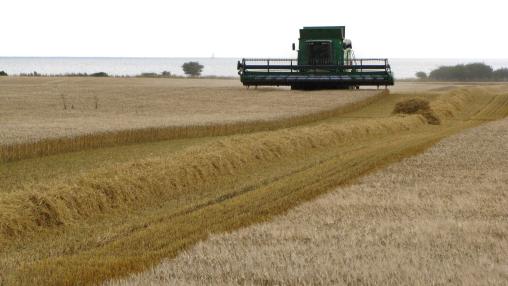
AMIS Urges Restraint on Food Export Restrictions
With the Russia-Ukraine conflict disrupting global supply chains, roiling markets and raising food and fuel prices, some governments have responded with restrictions on agricultural exports. While these policies may be domestically appealing, however, they have wider ramifications for global food prices and food security, according to the May AMIS Market Monitor. The report emphasizes that restrictive trade measures like export restrictions will further limit available food stocks, raise food and fuel prices even higher, and push poor populations into more acute food security.
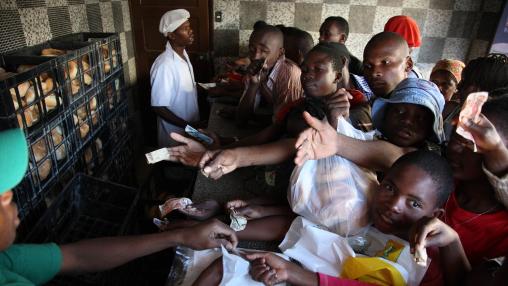
Urgent Call for Global Action as Food Prices Continue to Rise
Last week, the heads of the World Bank Group, International Monetary Fund, United Nations World Food Program, and World Trade Organization issued a joint statement calling for urgent global action on food security in response to skyrocketing global food prices.
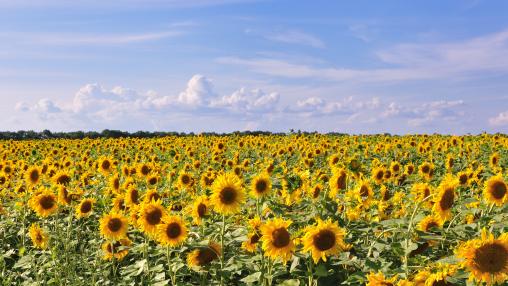
From bad to worse: How Russia-Ukraine war-related export restrictions exacerbate global food insecurity
Global turmoil and supply shocks can increase a country's vulnerability to food shortages. In the past, countries have often resorted to restrictive trade policies to address food supply disruptions. The Ukraine-Russia crisis is no exception; a number of countries have imposed export restrictions in various forms.
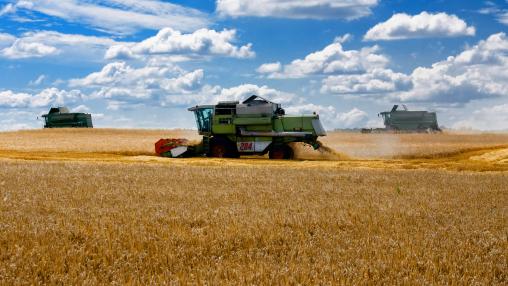
FAO Food Price Index Hits All-Time High
In March, the FAO Food Price Index experienced another surge to reach the highest level since its 1990 inception. The Index rose by 12.6 percent from February, driven by all-time highs for vegetable oil, cereal, and meat prices.
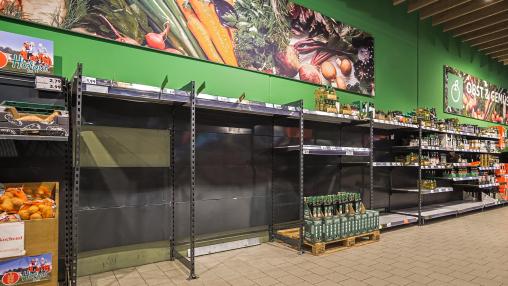
A food crisis was brewing even before the Ukraine war – but taking these three steps could help the most vulnerable
Russia’s invasion of Ukraine has led to the disruption, by sanctions or war, of two of the world’s largest grain exporters. This means 2022 is shaping up to be a very difficult year for the global food system.
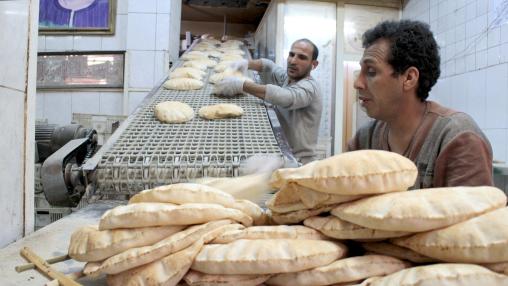
The Russia-Ukraine crisis poses a serious food security threat for Egypt
Russia's invasion of Ukraine has imperiled global food security—creating suffering within Ukraine and displacing millions, while disrupting agricultural production and trade from one of the world's major exporting regions. The latter threatens to drive rising food prices still higher and create scarcity, especially for regions most dependent on exports from Russia and Ukraine—particularly the Middle East and North Africa.
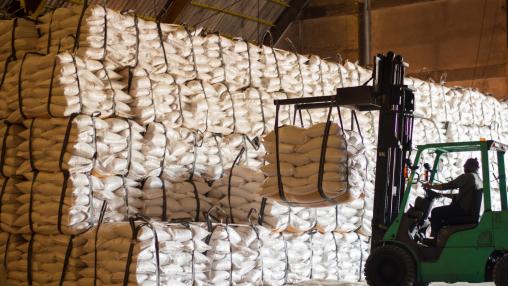
Extraordinary Meeting of the AMIS Rapid Response Forum
As global food prices continue to rise and concerns grow over potential supply disruptions in the Black Sea region, policymakers and development practitioners are beginning to analyze the implications for global food markets and the potential for food crises. On March 5, 2022, the Agricultural Market Information System (AMIS) called an extraordinary meeting of the AMIS Rapid Response Forum.